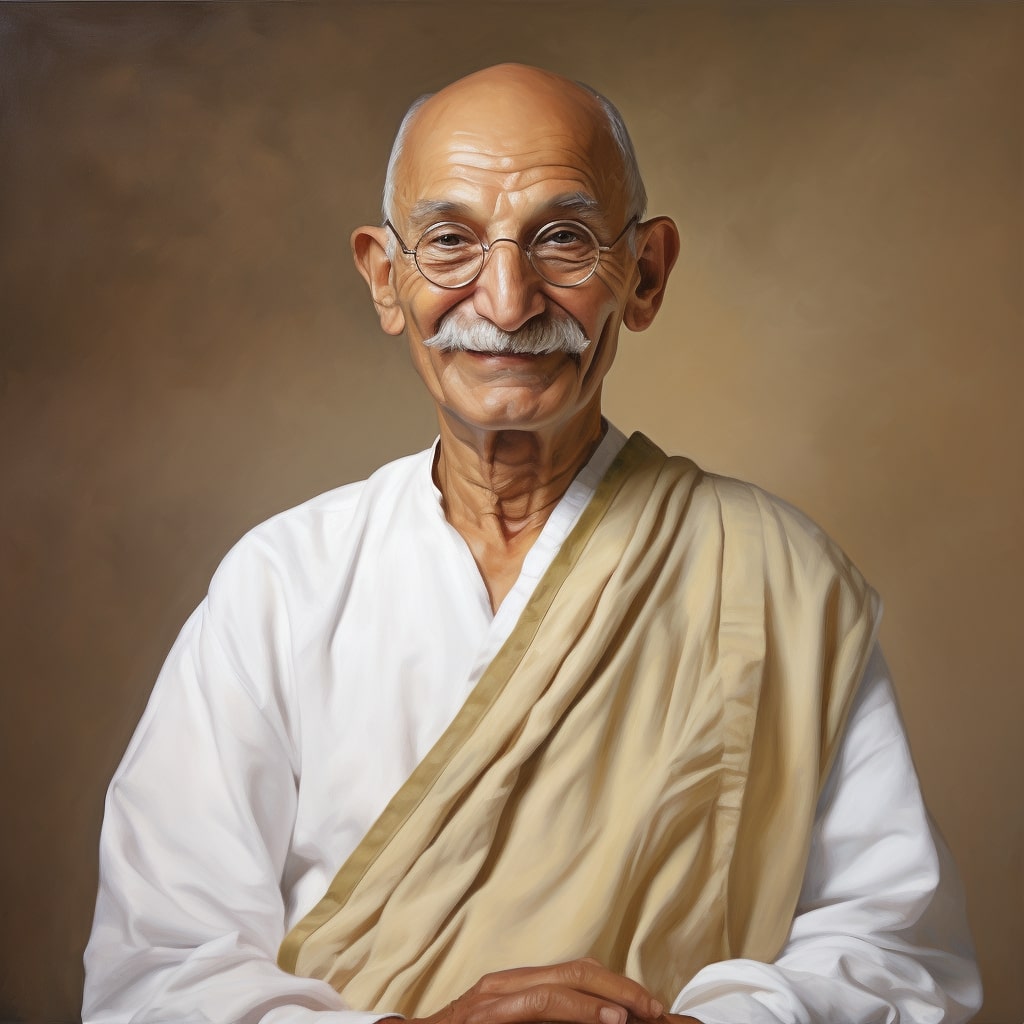Satyagraha is a term coined and developed by Mahatma Gandhi, which means “insistence on truth” (satya meaning “truth”, and agraha meaning “insistence” or “holding firmly to”). It refers to a nonviolent resistance or civil resistance. Gandhi used this method as a powerful tool in the Indian independence movement and various other social justice campaigns.

Here are the key elements and principles of Satyagraha:
Core Principles
1. Truth (Satya): Satyagraha is grounded in the belief that truth is the most powerful weapon and that adhering to truth is essential for any successful resistance.
2. Nonviolence (Ahimsa): Nonviolence is the central tenet of Satyagraha. It is not merely the absence of violence but a proactive stance of love and respect towards the opponent, regardless of their actions.
3. Self-suffering (Tapasya): Rather than inflicting suffering on others, a practitioner of Satyagraha (a Satyagrahi) willingly accepts suffering as a means to achieve a moral victory and highlight the injustice they are fighting against.
4. Faith in Human Goodness: Satyagraha is based on the belief that deep down, all humans are fundamentally good and capable of change. The aim is to appeal to the conscience of the oppressor and awaken their sense of justice.
Practice of Satyagraha
1. Preparation: Those engaging in Satyagraha must be mentally prepared for the struggle, including the willingness to face arrest, physical harm, and other forms of persecution.
2. Dialogue and Negotiation: Before resorting to civil resistance, Satyagrahis attempt to negotiate and find a peaceful resolution to the conflict.
3. Publicity: The issues and demands are made public to gather support and highlight the cause.
4. Non-cooperation and Civil Disobedience: These may include boycotting goods, services, and institutions, non-payment of taxes, and breaking specific laws considered unjust. The aim is to disrupt the normal functioning of the system in a nonviolent manner.
5. Constructive Program: Satyagraha is often accompanied by constructive programs to build self-reliance and uplift the community, such as promoting education, improving sanitation, and encouraging local industries.
Historical Examples
1. Champaran Agitation (1917): Gandhi’s first major successful application of Satyagraha in India was in Champaran, Bihar, where he fought for the rights of farmers being exploited by British planters.
2. Salt March (1930): Also known as the Dandi March, this was a direct action campaign of tax resistance and nonviolent protest against the British salt monopoly in colonial India. It was a pivotal event in the Indian independence movement.
3. Quit India Movement (1942): This was a mass protest demanding an end to British Rule in India. Despite its initial suppression, it gained widespread support and was a significant step towards India’s independence.
Legacy and Influence
Satyagraha has influenced various global movements for civil rights and social justice. Notably, Martin Luther King Jr. adopted many of its principles in the American Civil Rights Movement. Nelson Mandela also drew inspiration from Satyagraha in his fight against apartheid in South Africa.
In essence, Satyagraha emphasizes the power of nonviolence, truth, and moral integrity as tools to fight oppression and injustice, aiming to transform not only the political landscape but also the moral character of both the oppressor and the oppressed.
